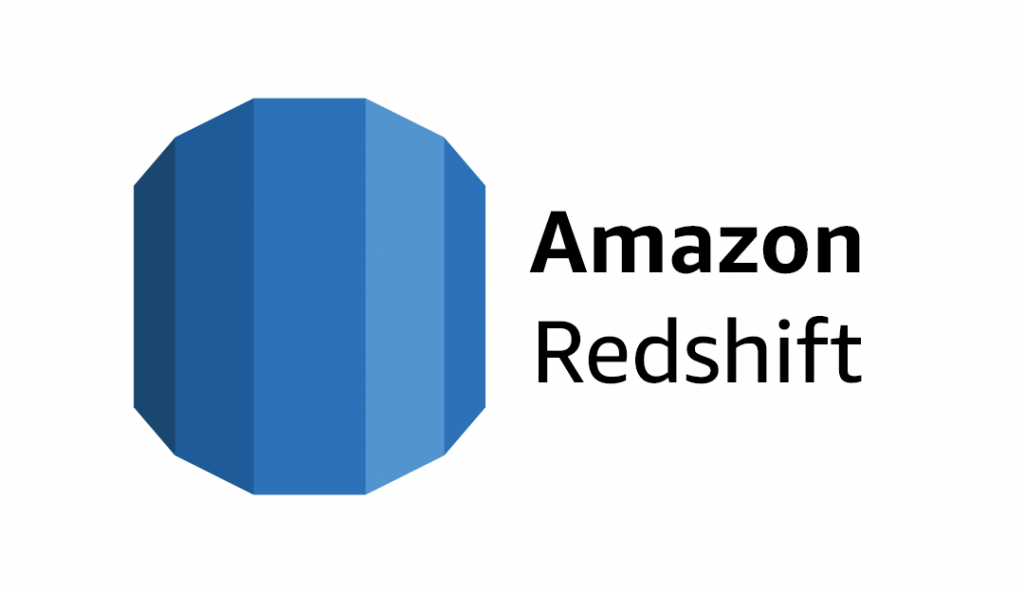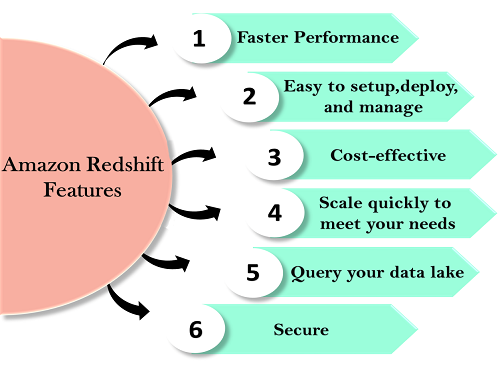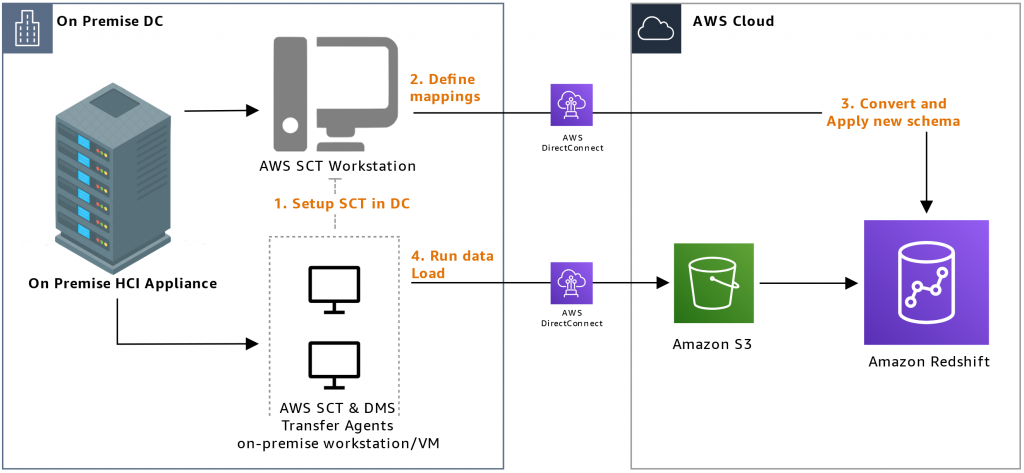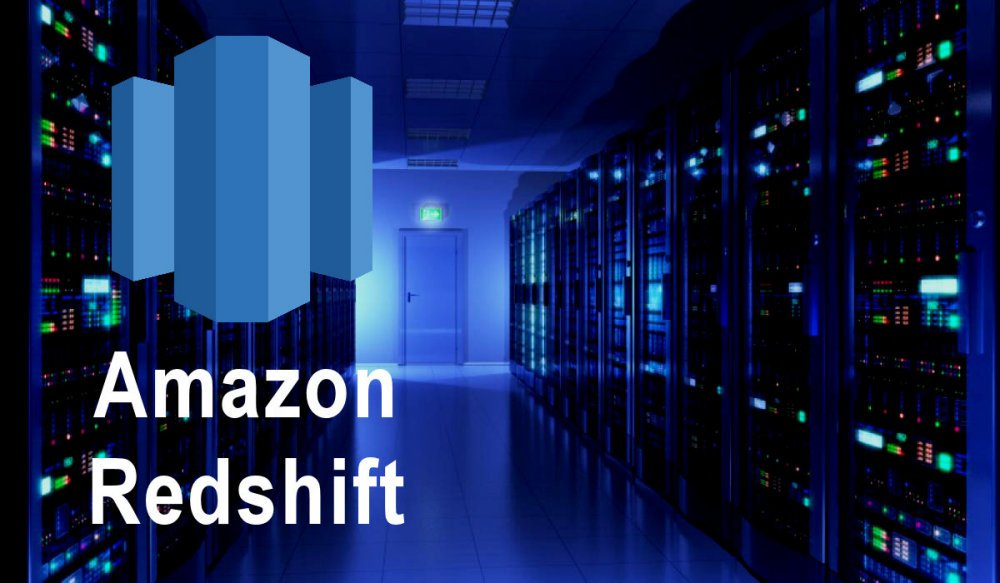What is Amazon Redshift?

If you’re in the world of big data, you’ve probably heard of Amazon Redshift. But what exactly is it? Simply put, Amazon Redshift is a cloud-based data warehousing service that allows you to store and analyze large amounts of data. But it’s more than just a data warehouse – it’s a powerful tool that can help you make sense of your data and gain insights that can drive business decisions.
Top 10 use cases of Amazon Redshift
Amazon Redshift has a wide range of use cases across various industries. Here are the top 10 use cases of Amazon Redshift:
- Business Intelligence: With Amazon Redshift, you can analyze large amounts of data to gain insights into your business and make data-driven decisions.
- E-commerce: Amazon Redshift can help e-commerce companies analyze customer behavior, sales trends, and inventory data to optimize their operations.
- Healthcare: Healthcare organizations can use Amazon Redshift to store and analyze patient data, clinical data, and research data.
- Media and entertainment: Media and entertainment companies can use Amazon Redshift to analyze audience behavior, advertising data, and content consumption patterns.
- Gaming: Gaming companies can use Amazon Redshift to analyze player behavior, in-game data, and revenue streams.
- Financial services: Financial services organizations can use Amazon Redshift to store and analyze transaction data, market data, and risk data.
- Manufacturing: Manufacturing companies can use Amazon Redshift to analyze production data, supply chain data, and product quality data.
- Education: Education institutions can use Amazon Redshift to store and analyze student data, enrollment data, and academic research data.
- Government: Government agencies can use Amazon Redshift to store and analyze public data, census data, and crime data.
- Marketing: Marketing teams can use Amazon Redshift to analyze customer behavior, campaign data, and social media data.
What are the features of Amazon Redshift?

Amazon Redshift comes with a variety of features that make it a powerful data warehousing tool. See, I have listed some of the key features:
- Columnar storage: Data is stored column-wise, reducing I/O and improving query performance.
- Distributed architecture: Amazon Redshift is built on a distributed architecture that allows for parallel processing and scalability.
- Data encryption: Amazon Redshift supports encryption at rest and in transit, ensuring that your data is secure.
- Automatic backup and recovery: Amazon Redshift automatically backs up your data and provides point-in-time recovery options.
- Integration with other AWS services: Amazon Redshift integrates with other AWS services such as S3, EMR, and Data Pipeline.
- SQL support: Amazon Redshift supports SQL, making it easy to work with for anyone familiar with SQL.
How Amazon Redshift works and Architecture?

Amazon Redshift is designed to be a scalable, cost-effective, and fast data warehousing solution. It is built on a distributed architecture that allows for parallel processing of data. Here’s how it works:
- Data is loaded into Amazon Redshift from various sources such as S3, EMR, or other databases.
- The data is then distributed across nodes in the cluster based on a chosen distribution key.
- Queries are executed in parallel across the nodes, allowing for faster processing.
- Amazon Redshift uses a columnar storage format that allows for efficient data compression and faster query performance.
- Data is encrypted at rest and in transit, ensuring that it is secure.
- Amazon Redshift also provides automatic backup and recovery options.
How to Install Amazon Redshift?
Installing Amazon Redshift is a straightforward process. Here are the steps:
- Sign up for an AWS account if you don’t already have one.
- Log in to your AWS account and navigate to the Amazon Redshift console.
- Create a new cluster by specifying the cluster configuration, including the number and type of nodes.
- Configure your security settings, including encryption and access control.
- Load your data into Amazon Redshift from various sources such as S3, EMR, or other databases.
- Start querying your data using SQL.
That’s it! With just a few simple steps, you can start using Amazon Redshift to store and analyze your data.
Basic Tutorials of Amazon Redshift: Getting Started
As Amazon Redshift is a fully managed service provided by AWS, there is no traditional installation process. Instead, you configure and create a Redshift cluster using the AWS Management Console or AWS Command Line Interface. Below is a step-by-step basic tutorial to get started with Amazon Redshift:

Step 1: Go with the Sign in option to the AWS Management Console
- Go to the AWS Management Console at https://console.aws.amazon.com/ and sign in with your AWS account.
Step 2: Open the Amazon Redshift Console
- In the AWS Management Console, search for “Redshift” in the services search bar, or navigate to the “Analytics” section and select “Amazon Redshift.”
Step 3: Create a Redshift Cluster
- Click on the “Create cluster” button to start creating a new Redshift cluster.
- Configure the cluster settings, including Cluster identifier, Database name, Database port, Node type, Number of nodes, and optionally enable Enhanced VPC Routing and Publicly accessible settings.
Step 4: Set up Cluster Access
- Define the Master user credentials (username and password) to access the Redshift cluster.
Step 5: Choose Additional Configuration
- Optionally, configure additional settings, such as Cluster Permissions, Encryption, VPC, and Maintenance settings.
Step 6: Review and Launch
- Review all the configurations you’ve set for the Redshift cluster.
- Create the Redshift cluster with the” Create cluster” option. The cluster creation process may take a few minutes to complete.
Step 7: Connect to the Redshift Cluster
- Once the cluster is created, click on the cluster name to view the cluster details.
- In the “Connect” tab, find the connection details, including the JDBC URL, ODBC URL, and other information needed to connect to the cluster.
Step 8: Load Data into the Redshift Cluster
- You can use various methods to load data into the Redshift cluster, such as using the COPY command, AWS Data Pipeline, AWS Glue, or other ETL tools.
Step 9: Run Queries and Analyze Data
- Use SQL clients or Business Intelligence (BI) tools to connect to the Redshift cluster and run queries for data analysis.
Step 10: Monitor and Manage the Redshift Cluster
- In the Redshift console, you can monitor the performance and health of your cluster and make any necessary optimizations or adjustments.
Please note that Amazon Redshift is a powerful data warehousing service, and this basic tutorial provides an overview of creating and using a Redshift cluster. For advanced configurations and performance optimization, you may refer to the official AWS documentation and best practices.
- Why Can’t I Make Create A New Folder on External Drive on Mac – Solved - April 28, 2024
- Tips on How to Become a DevOps Engineer - April 28, 2024
- Computer Programming Education Requirements – What You Need to Know - April 28, 2024

